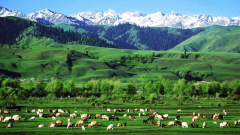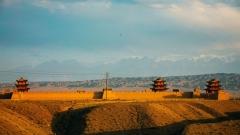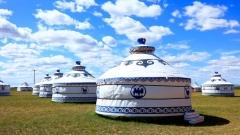Tucked away in the far western corner of China’s Xinjiang Uyghur Autonomous Region, Kashgar has been a vital hub on the Silk Road for more than 2,000 years. Its Old Town, with its winding alleys, mud-brick homes, and bustling bazaars, feels like a journey back in time. For travelers seeking an authentic taste of Central Asian culture, Kashgar Old Town is a living museum where history, tradition, and daily life continue to thrive side by side.
A Crossroads of Civilizations
Kashgar’s location at the meeting point of China, Central Asia, and the Middle East made it a key stop for merchants and explorers. Traders carrying silk, spices, and jewels passed through its bazaars, leaving behind a melting pot of cultures. Today, this rich heritage can still be felt in the city’s architecture, food, and people. Walking through Kashgar Old Town, you can sense echoes of Persian, Arab, and Turkic influences that shaped the city’s identity.
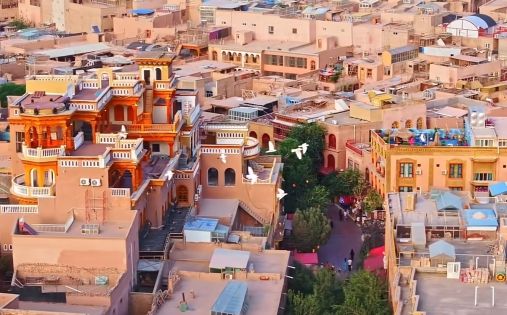
Exploring the Old Town’s Labyrinth Streets
The heart of Kashgar Old Town is its maze-like network of narrow alleys. Traditional Uyghur homes, built with wood and earth, line the streets. Their carved wooden balconies and brightly painted doors add charm and character to the ancient cityscape. As you wander, you may encounter children playing, elderly men sipping tea, and artisans carving wood or making copperware in workshops that have been handed down for generations.
One of the most fascinating parts of the Old Town is its balance between modern life and ancient tradition. Families still live in centuries-old houses, while local craftsmen sell handmade goods that have barely changed in design since Silk Road days.
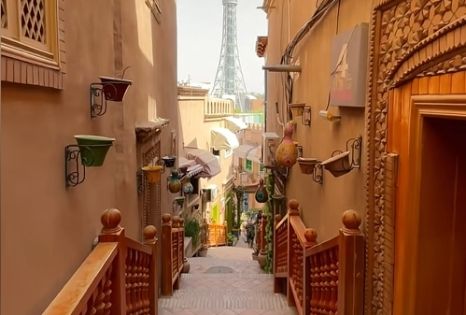
The Vibrant Sunday Bazaar
No trip to Kashgar is complete without experiencing its legendary Sunday Bazaar. Although open throughout the week, Sundays bring thousands of traders from surrounding villages and even neighboring countries. The market is a sensory feast—brightly colored fabrics, piles of dried fruits and spices, handcrafted carpets, and the sounds of bargaining in multiple languages fill the air. For photographers and cultural explorers, the bazaar is a highlight that captures Kashgar’s vibrant spirit.

Id Kah Mosque and Cultural Landmarks
Near the Old Town lies Id Kah Mosque, one of the largest in China and an important spiritual center for Uyghur Muslims. The mosque’s golden-yellow façade and expansive courtyard are a serene contrast to the bustling streets outside. Other nearby landmarks include the Abakh Khoja Tomb, an elegant mausoleum with striking Islamic architecture, and traditional teahouses where travelers can sip Uyghur tea while enjoying local hospitality.
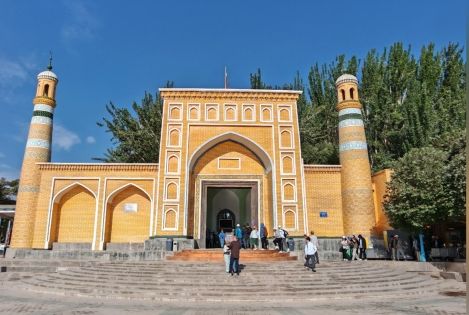
Tasting Uyghur Flavors
Food is an essential part of Kashgar’s identity. In the Old Town, street vendors serve up freshly baked naan, juicy lamb kebabs, hand-pulled noodles, and samsa (meat-filled pastries baked in clay ovens). These flavors reflect Kashgar’s Silk Road heritage, blending Chinese, Central Asian, and Middle Eastern culinary traditions. Sharing a meal here is more than eating—it’s part of the cultural immersion.
Conclusion
Kashgar Old Town is not just about sightseeing; it is about experiencing living history. Unlike other preserved heritage sites, this is a community where people still live, work, and celebrate traditions. Travelers will find themselves transported to another era while connecting with the warm, welcoming Uyghur culture.





